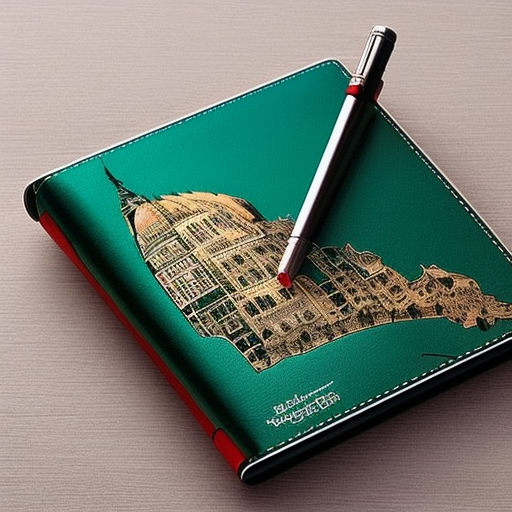Summary: Travelogues are written accounts of personal experiences and observations during travels to different places. They provide readers with insights into the culture, history, and geography of various destinations. Travelogues can be found in various forms, including books, blogs, and documentaries, and they serve as a source of inspiration and information for travelers.
What are Travelogues?
Travelogues are narratives that document the experiences and observations of individuals during their travels. They offer readers a glimpse into different cultures, traditions, and landscapes, allowing them to vicariously experience the journey. Travelogues can be written in various formats, including books, articles, blogs, and even documentaries.
Types of Travelogues
There are several types of travelogues, each with its own unique style and purpose. Some travelogues focus on specific regions or countries, providing in-depth information about the local culture, history, and attractions. Others may focus on specific themes, such as adventure travel, culinary experiences, or spiritual journeys. Additionally, there are travelogues that combine personal anecdotes with practical travel advice, serving as guides for fellow travelers.
Importance of Travelogues
Travelogues play a crucial role in inspiring and informing travelers. They offer a window into different parts of the world, allowing readers to explore new destinations and cultures from the comfort of their own homes. Travelogues can also serve as valuable resources for planning trips, providing practical tips, recommendations, and insights that can enhance the travel experience.
Characteristics of a Good Travelogue
A well-written travelogue should be engaging, informative, and authentic. It should transport readers to the destination, evoking a sense of place through vivid descriptions and personal anecdotes. A good travelogue should also provide historical and cultural context, helping readers understand the significance of the places visited. Additionally, it should offer practical information, such as transportation options, accommodation recommendations, and tips for navigating local customs.
Popular Travelogues
There have been numerous notable travelogues throughout history. Some of the most famous include “Travels with Charley” by John Steinbeck, which chronicles the author’s journey across America with his dog, and “Eat, Pray, Love” by Elizabeth Gilbert, which recounts the author’s spiritual quest through Italy, India, and Indonesia. Other popular travelogues include “In Patagonia” by Bruce Chatwin, “The Great Railway Bazaar” by Paul Theroux, and “A Year in Provence” by Peter Mayle.
Modern Travelogues
In the digital age, travelogues have taken on new forms. Many travelers now share their experiences through travel blogs, social media platforms, and video documentaries. These modern travelogues often provide real-time updates, allowing readers and viewers to follow along on the journey. They also offer a more interactive experience, with readers able to leave comments, ask questions, and engage with the author and other travelers.
The Future of Travelogues
As travel continues to evolve, so too will travelogues. With advancements in technology, virtual reality and augmented reality travelogues are becoming more prevalent, allowing users to immerse themselves in a destination without physically being there. Additionally, as travelers become more conscious of sustainable and responsible tourism, travelogues that highlight eco-friendly destinations and practices are likely to gain popularity.
In conclusion, travelogues are valuable resources for both armchair travelers and those planning their next adventure. They offer a glimpse into different cultures, provide practical advice, and inspire readers to explore new destinations. Whether in the form of books, blogs, or documentaries, travelogues continue to play a vital role in the world of travel and exploration.












